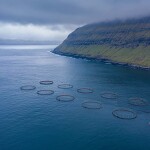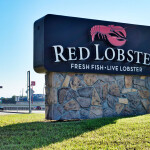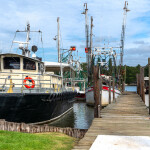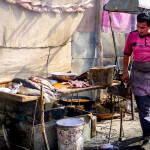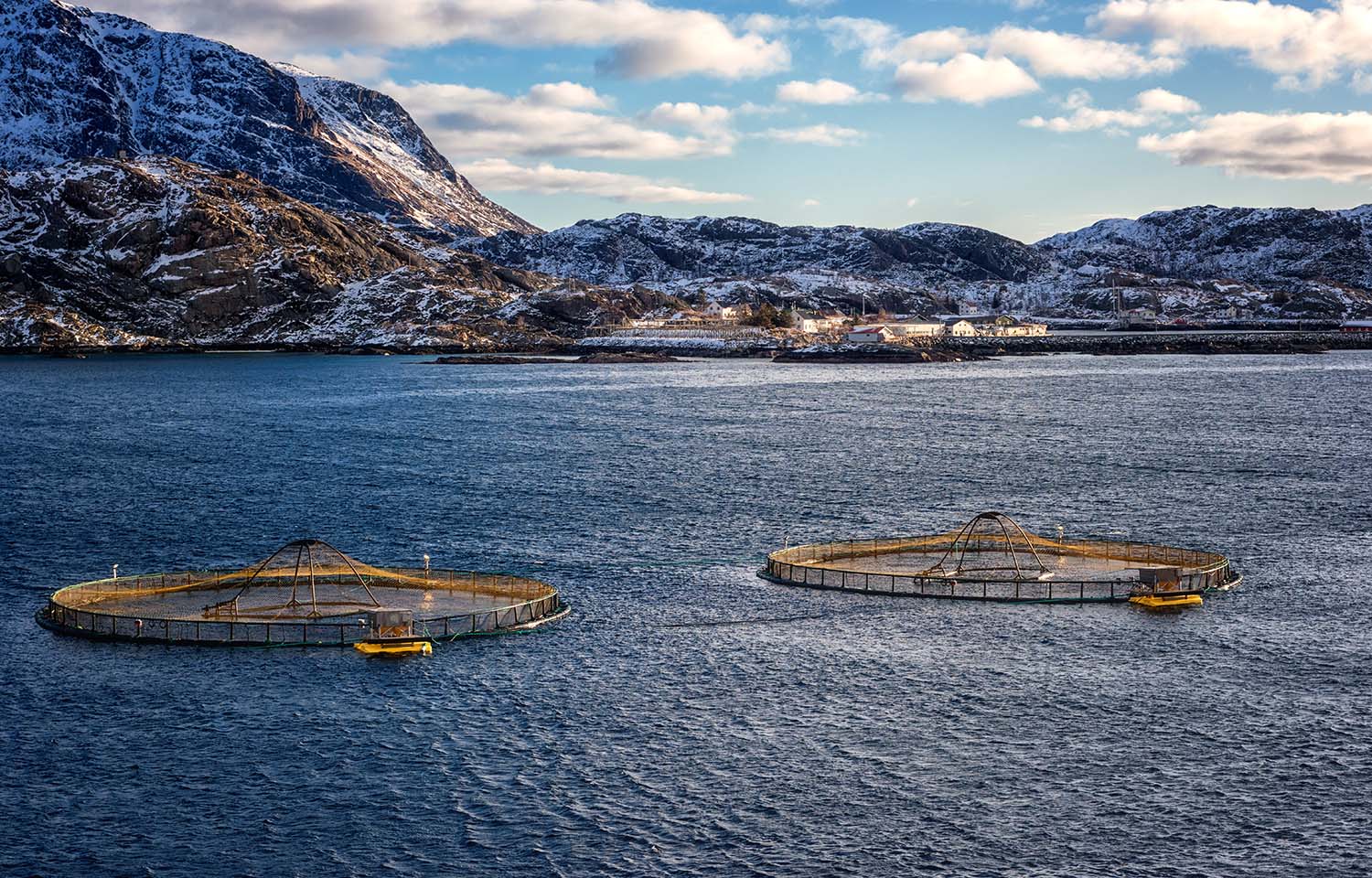In 2023, 62.8 million salmon died at Norwegian salmon farms, representing a mortality rate of 16.7 percent.
Most died of injuries caused by sea lice treatments, winter sores, or illness caused by salmon pancreas disease (SPD), amoebic gill disease (AGD), or infectious salmon anemia (ISA), according to a report from the Norwegian Food Safety Authority. The deaths represented almost USD 2 billion (EUR 1.9 billion) in lost income for the industry, which exported USD 11 billion (EUR 10.2 billion) worth of salmon in 2023, though most of the mortalities were sold as production-grade fish for use in fishmeal or biofuel.
Disease has been a growing issue for Norwegian salmon farmers in recent years, and even within the past two months, there have been reports of ISA outbreaks at Salmar’s Kattholmen II farm in Frøya municipality, Trøndelag county, and at Sjøtroll Havbruk Sjø’s Grimsholmen farm in Sveio municipality, Vestland county.
Currently, there are 13 farms listed on the Barents Watch tracking page, which is operated by the Norwegian Food Safety Authority, as having known or suspected ISA cases and 40 farms with known or suspected SPD.
The Norwegian Food Safety Authority recently completed reports investigating the salmon-handling processes of Mowi and Salmar, the country’s two largest salmon producers. At Mowi, the authority uncovered four deviations from regulations dealing with systematic management and improvement work, risk management, prevention of deviations, and internal control. At Salmar, it uncovered one deviation from the regulations concerning risk management and one point for improvement concerning internal control. The authority said its audits should not be considered comprehensive.
“During the audit, we looked at selected parts of the company's management and internal control system. The observations described in the report are, therefore, not an exhaustive list of deviations,” it said. “We emphasize that there may be other deviations in the management systems that are not discussed in the report.”
The Norwegian Food Safety Authority said it observed anomalies at half of the fish farms inspected in 2023. In conjunction with Norway’s Veterinary Institute, it has set a goal of reducing the industry’s mortality rate by 50 percent by 2030.
"The death of animals is a waste of life and resources," Norwegian Veterinary Institute Aquatic Animal Health and Welfare Director Edgar Brun told Agence France-Presse. "We also have a moral and ethical responsibility to guarantee them the best possible conditions."
The Norwegian Seafood Federation, which represents many of the largest Norwegian salmon producers, said it is working hard to address the mortalities but that more time is needed.
"On average, it takes three years to breed a salmon," Norwegian Seafood Federation Director Geir Ove Ystmark said. "So, it's very difficult to see immediate results today, even though we have launched a series of initiatives and measures."
Salmar has allocated USD 45 million (EUR 41.7 million) to lower its mortality rate, and the industry has discussed increasing spacing between farms and new technology, including land-based farms or closed sea sites, such as Salmar’s Marine Donut, which was recently stocked with fish for the first time. But, the land-based sector has struggled to prove its financial feasibility, and non-traditional farms, such as Lerøy Seafood’s submersible cages in Gjengane in western Norway and SinkabergHansen’s Otervika submersible farms in Bindal municipality, have also suffered mortalities from sea lice and pancreatic disease, according to reports filed with the Norwegian Food Safety Authority.
Truls Gulowsen, the director of the environmentalist group Friends of the Earth Norway, said rising mortality rates were due to ...

